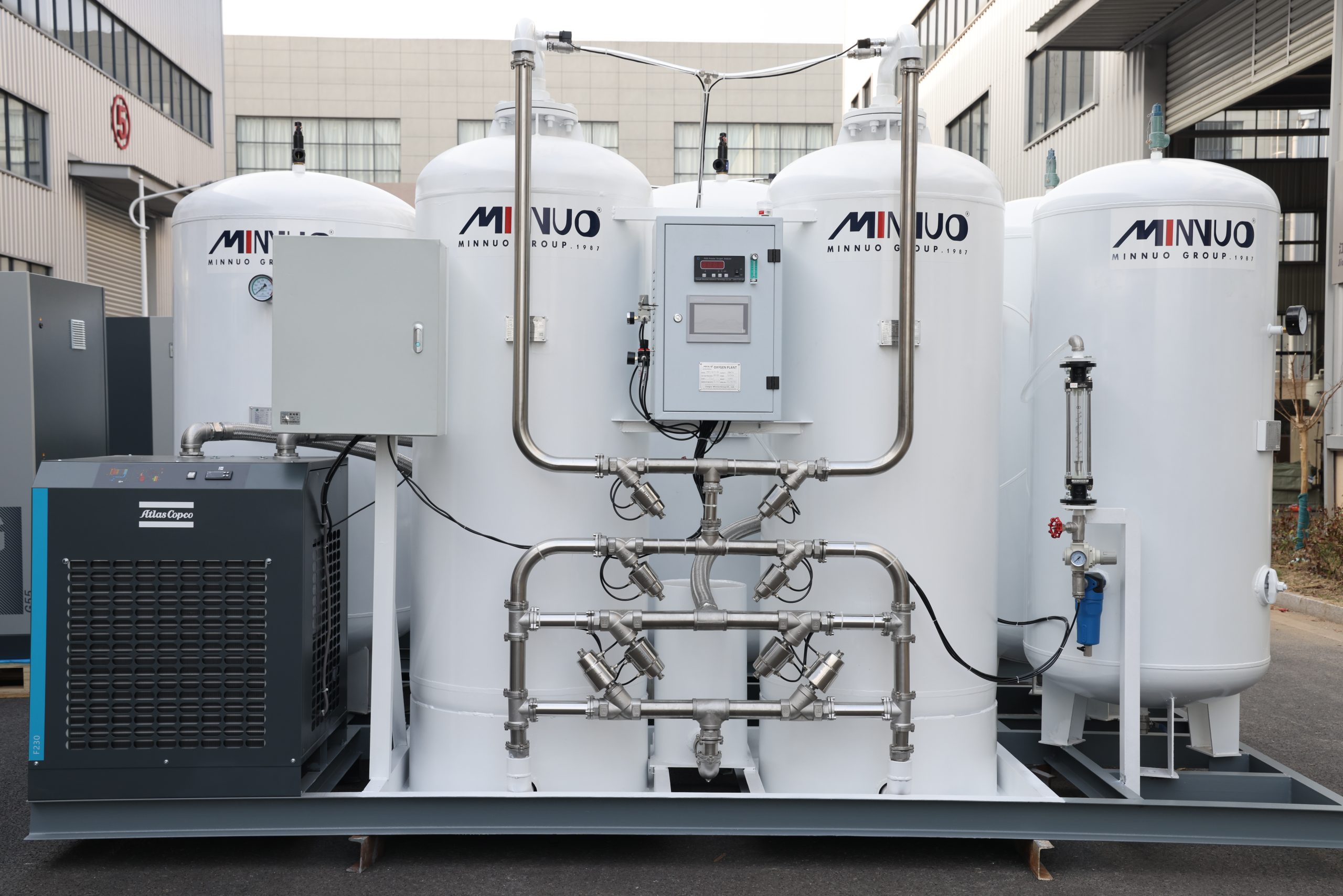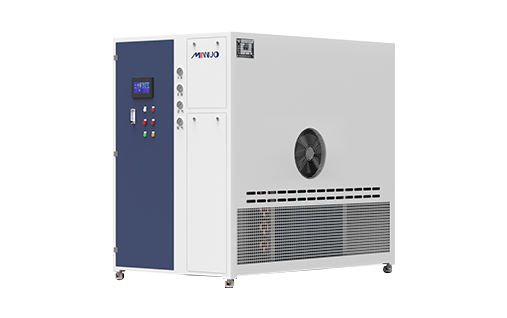Hello, dear readers! Today, we will explore the mystery of medical oxygen concentrator. Its role in improving patients’ respiratory function and quality of life cannot be underestimated. Perhaps you are not very clear about the definition of medical oxygen concentrators, let alone how it differs from industrial oxygen concentrators. Don’t worry, this article will analyze medical oxygen concentrators in detail from the aspects of basic concepts, origin and development, working principle, equipment advantages, etc., and focus on the differences between it and industrial oxygen concentrators.
Medical oxygen concentrators are medical devices that purify oxygen in the air and are specially used for oxygen therapy. They have a wide range of applications, mainly serving patients with severe respiratory diseases, patients recovering from surgery, and those who are bedridden for a long time. Normally, the oxygen concentration provided by the device is between 90% and 96% to ensure that the human body’s demand for high-purity oxygen is met. Compared with industrial oxygen concentrators, medical oxygen concentrators not only have higher oxygen purity standards, but also have more stringent requirements in terms of design, portability, safety, etc.
The origin and development of medical oxygen concentrator
In recent years, technological advances have greatly improved the portability and automation of oxygen concentrators. Some models can even remotely monitor patients’ oxygen usage and adjust oxygen flow in real time, providing patients with a more personalized experience.

Working principle of medical oxygen concentrator
The core technology of medical oxygen concentrator is based on a physical separation process called Pressure Swing Adsorption (PSA). This technology uses special adsorption materials (usually zeolite molecular sieves) to separate oxygen and nitrogen in the air, thereby providing patients with high-purity oxygen.
Air compression
The medical oxygen concentrator first inhales air from the surrounding environment. The composition of the air is about 21% oxygen, 78% nitrogen, and a small amount of other gases. The inhaled air will pass through a filter to remove impurities such as dust, bacteria, and particulate matter. Next, the air is pressurized by a compressor to ensure more efficient gas separation. The air compression process usually uses an oil-free compressor to ensure the purity and safety of the oxygen.
Separation of oxygen and nitrogen
The compressed air enters the adsorption tower, the core component of the medical oxygen concentrator. The adsorption tower is equipped with zeolite molecular sieves, which have a strong adsorption capacity for nitrogen. When the air flows through the adsorption tower, the nitrogen molecules are adsorbed by the zeolite, and the oxygen molecules continue to pass through. This process will last for several seconds until the zeolite in the adsorption tower reaches the adsorption saturation state.
Medical oxygen concentrators are usually equipped with two sets of adsorption towers. When one set of adsorption towers completes oxygen separation and is saturated, the system will automatically switch to the other set of adsorption towers to ensure the continuity of oxygen supply. The saturated adsorption tower will release the adsorbed nitrogen by reducing the pressure and restore the adsorption capacity. This switching process is very fast and will not affect the stability of oxygen supply.
Oxygen concentration and output
The oxygen passing through the adsorption tower will further pass through an oxygen concentration system to remove the remaining small amount of nitrogen and other impurities. After this step, the purity of oxygen can be increased to 90%-96%. The concentrated oxygen is temporarily stored in a small air bag and can be output at different flow rates according to the patient’s needs.
Medical oxygen concentrators are usually designed with different oxygen flow rate gears for patients or caregivers to adjust manually. In addition, some high-end models are also equipped with smart sensors that can automatically adjust the oxygen output flow rate according to the patient’s actual breathing needs. These devices can also monitor oxygen concentration and issue alarms when the concentration is too low or the equipment fails to ensure patient safety.
Waste gas emission
During the oxygen separation process, the medical oxygen concentrator will discharge the adsorbed nitrogen and other waste gases to the outside of the equipment. These gases have no impact on the environment, so the equipment can operate in any open or closed environment. This process does not affect the quality of the surrounding air, nor does it harm the health of patients and surrounding personnel.
Humidifier (optional)
In order to improve the comfort of patients, some medical oxygen concentrators are equipped with humidifiers. Since high-concentration oxygen is relatively dry, long-term inhalation may cause dryness and irritation of the patient’s respiratory tract. The humidifier helps keep the patient’s respiratory tract moist and increase the comfort of use by adding an appropriate amount of water vapor during the flow of oxygen.
Equipment advantages of medical oxygen concentrators
Compared with traditional oxygen cylinders or other oxygen supply equipment, medical oxygen concentrators have several significant advantages:
- Continuous oxygen supply: There is no need to replace oxygen cylinders regularly, and oxygen can be continuously extracted from the air to ensure uninterrupted oxygen supply.
- Portability: Modern medical oxygen concentrators are usually designed as lightweight and easy-to-carry models, especially home models, which are suitable for patients to use in different places.
- Cost-effectiveness: Compared with the long-term purchase of oxygen cylinders, the use cost of oxygen concentrators is lower, especially for patients who need long-term oxygen therapy, oxygen concentrators provide a more economical option.
- Intelligence: With the development of technology, some devices integrate remote monitoring and data analysis functions, which can track the patient’s oxygen usage in real time and adjust the equipment parameters.

The difference between medical oxygen concentrators and industrial oxygen concentrators
Although medical oxygen concentrators and industrial oxygen concentrators work in a similar way, their design goals and application scenarios are significantly different.
Oxygen purity and safety
Design standards and certification
Medical oxygen concentrators must follow strict standards for medical devices, usually including international standards ISO 13485 and EU CE certification, which ensure the safety, effectiveness, and protection of the equipment for patients. The safety standards for industrial oxygen concentrators depend on the specific industrial application, usually focusing on the stability and durability of the equipment, such as ASTM or ANSI standards, which focus on reliability and ease of maintenance under long-term use.
Use environment and portability
Medical oxygen concentrators are often used in medical environments such as hospitals and homes. They are designed to be lighter and usually equipped with low-noise technology so that patients are not disturbed when using them. They are also easy to move and operate. In contrast, industrial oxygen concentrators are usually larger in size and suitable for use in factories or other industrial sites. They are designed with high production and stable operation in mind. They are often not portable, and their installation and operation require professional technicians.
Price and Maintenance
Because medical oxygen concentrators need to meet higher design standards and technical support, their prices are often significantly higher than those of industrial oxygen concentrators. At the same time, in order to ensure the safety and stability of long-term oxygen supply, medical oxygen concentrators require regular maintenance and calibration. Industrial oxygen concentrators focus more on output and production efficiency, and maintenance requirements are usually lower, but regular inspections are required to ensure the normal operation of the equipment.
Conclusion
With the intensification of the global aging trend and the high incidence of chronic respiratory diseases, the market demand for medical oxygen concentrators will continue to grow. MINNUO has medical professional qualifications, and we will provide you with the best quality medical oxygen concentrators to meet all your needs.






 sales2:+86 17506119168
sales2:+86 17506119168

